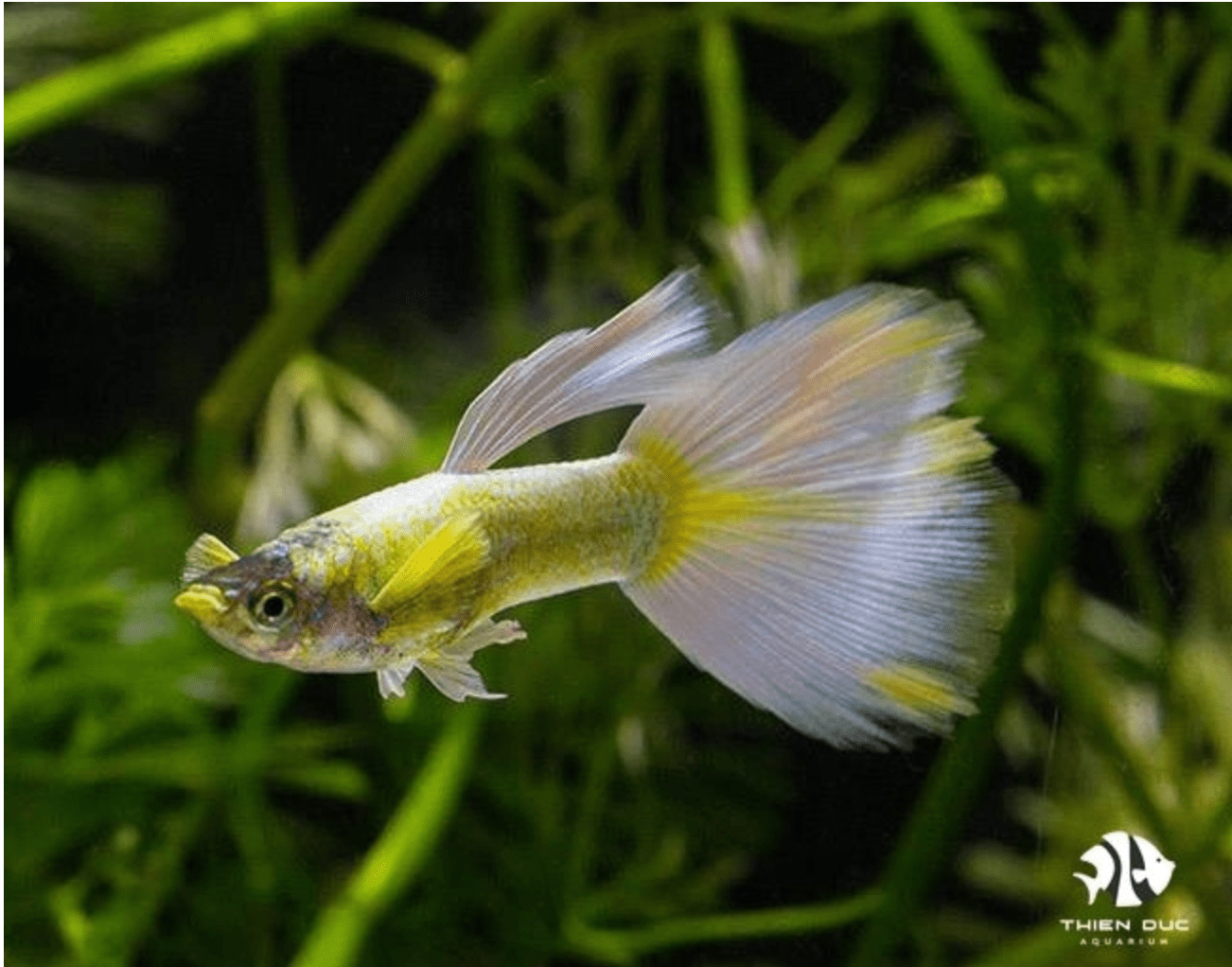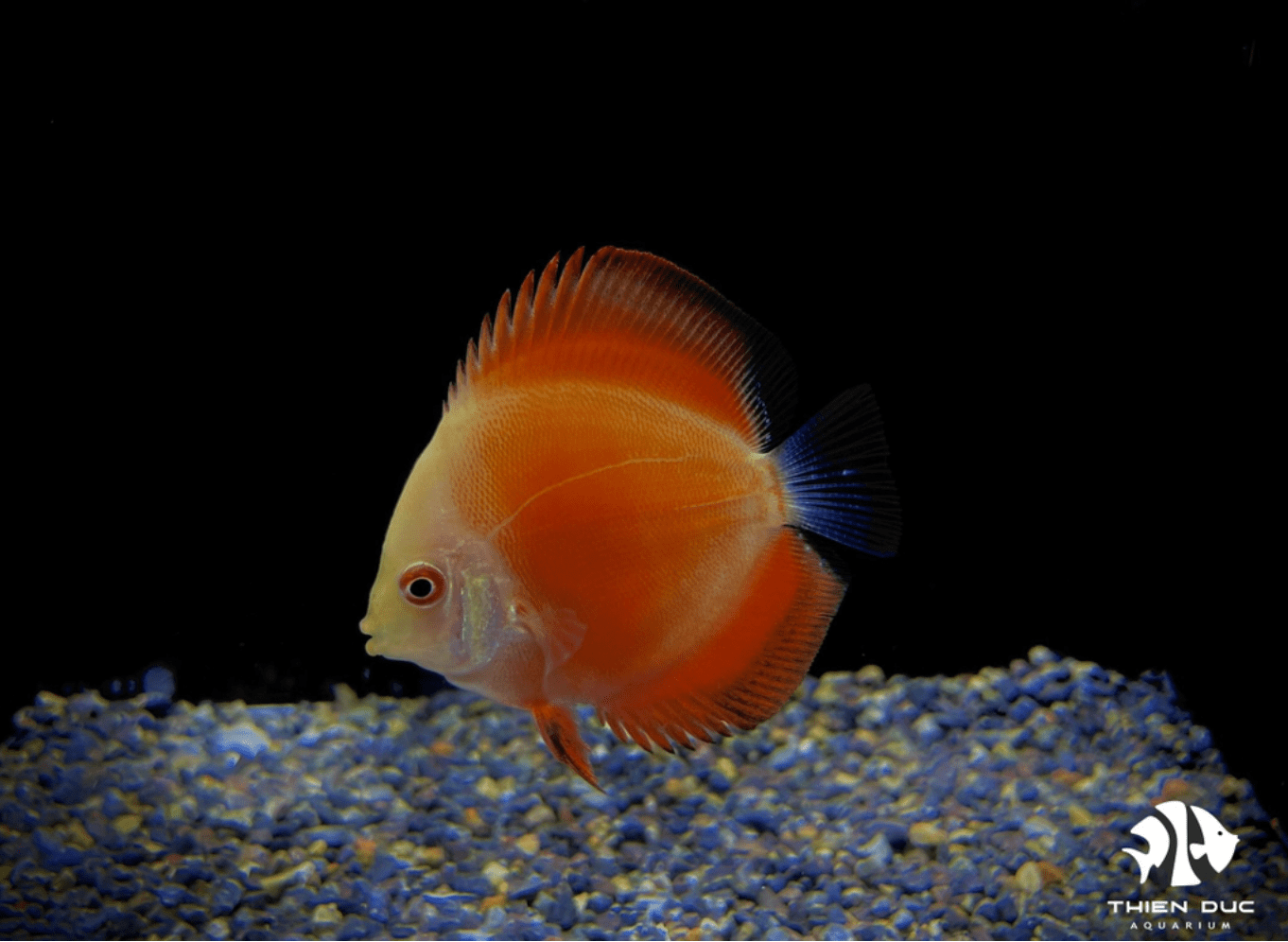Quarantine Procedure Live Fish: Preventing Disease Outbreaks
The difference between a thriving aquatic business and a financial catastrophe often comes down to the biosecurity of incoming stock. Protecting your most valuable asset requires a proactive, disciplined approach. At ThienDuc Aquarium, we've built our reputation on the cornerstone of a meticulous quarantine procedure live fish. This essential process is not just a recommendation; it is the single most effective strategy to prevent widespread disease outbreaks, safeguarding both your investment and your reputation from day one.
The Critical Importance of a Robust Fish Biosecurity Protocol
Before diving into the practical steps, it is crucial to understand why a strict quarantine protocol is the bedrock of any successful operation involving live aquatic animals. Skipping this stage is a gamble against biology—a risk that professional importers and retailers cannot afford to take. A well-executed quarantine procedure live fish offers four key business advantages.

-
Preventing Catastrophic Disease Spread: One seemingly healthy fish can be an asymptomatic carrier for parasites, bacteria, or viruses that could devastate your entire stock. Many pathogens are invisible to the naked eye in their early stages. A proper ornamental fish quarantine isolates new arrivals, allowing any latent diseases to manifest in a controlled environment where they can be treated without risk to your main population.
-
Protecting Your Business Reputation: Your reputation is built on the quality and health of the fish you sell. Providing customers with robust, disease-free animals leads to trust, repeat business, and positive word-of-mouth. Conversely, selling fish that introduce disease into a customer's established aquarium can cause irreparable damage to your brand's credibility.
-
Reducing Long-Term Costs: It is far more cost-effective to observe and, if necessary, treat a small group of fish in an isolated tank than to medicate an entire facility. The cost of a dedicated quarantine system is minuscule compared to the potential financial losses from mass mortality events, wasted medication on a large scale, and lost sales. This financial foresight is a key benefit of a standardized quarantine procedure live fish.
-
Acclimatizing Fish to New Conditions: The journey from a breeder or wild source to your facility is incredibly stressful for fish. The quarantine period serves a vital secondary function: it allows them to recover from the rigors of transport and slowly acclimate to your specific water parameters. This "hardening" period ensures they are stronger, eat more readily, and are better prepared for sale. This dual benefit makes the quarantine procedure live fish an indispensable part of professional husbandry.
Step-by-Step Guide to the Ideal Live Fish Quarantine Process
Executing this process correctly requires attention to detail and consistency. A haphazard approach can create a false sense of security. By following these steps, you can create an effective biosecurity checkpoint for all new arrivals. Here is a detailed guide to the quarantine procedure live fish.
Initial Setup: Preparing the Quarantine Tank Environment
The foundation of your quarantine process is a properly configured, isolated system. This fish quarantine tank setup should be simple, functional, and designed for observation and easy maintenance.

-
Tank Selection: Use a bare-bottom glass or acrylic tank. The absence of substrate makes it easy to monitor waste, observe fish behavior, and clean thoroughly. Ensure the size is adequate for the species and number of fish to avoid undue stress.
-
Dedicated Equipment: This is non-negotiable for effective fish biosecurity. The quarantine tank must have its own dedicated set of equipment—nets, gravel vacuums, buckets, and algae scrubbers—that never touches your main systems. Label everything clearly to prevent accidental cross-contamination.
-
Filtration: A mature sponge filter is the ideal choice. It provides excellent biological filtration, is easy to clean, and won't remove medications from the water column like carbon-based chemical filtration. It also provides gentle surface agitation for gas exchange.
-
Water Parameters: Initially, aim to match the water parameters (pH, temperature) of the transport bags as closely as possible. Provide a heater set to a stable, appropriate temperature and some simple hiding places, like PVC pipes, to help fish feel secure. A properly configured tank is the foundation of any successful quarantine procedure live fish.
The Acclimation Process: Minimizing Stress on Arrival
The moment fish arrive is a critical juncture. A stressful introduction can weaken their immune systems and make them more susceptible to disease. This careful acclimation process for fish reduces shock and gives them the best possible start.
-
Temperature Acclimation: Float the sealed transport bags in the quarantine tank for 20-30 minutes. This allows the water temperature inside the bag to slowly equalize with the tank water, preventing temperature shock.
-
Water Acclimation: After floating, open the bags and begin slowly adding small amounts of quarantine tank water into each bag every 5-10 minutes. For highly sensitive species, a drip acclimation method is preferred. This process should take 30-60 minutes.
-
Release the Fish, Not the Water: Gently net the fish out of the bag and release them into the quarantine tank. Crucially, discard all of the water from the transport bag. This water is often high in ammonia and may contain a concentration of pathogens. This step, while simple, is a vital part of the overall quarantine procedure live fish.
Observation Period: Proactive Disease Detection (1-4 Weeks)
The standard quarantine duration is a minimum of four weeks. During this time, your job is to be a detective. Diligent observation is the most active part of the quarantine procedure live fish.
-
Initial Settling-In: For the first 2-3 days, keep the lights dim and observe from a distance. The primary goal is to let the fish settle without additional stress.
-
Daily Health Checks: Spend time each day closely inspecting the fish. Look for any abnormalities in:
-
Behavior: Are they active and alert, or lethargic and hiding? Are they gasping at the surface, scratching against objects ("flashing"), or swimming abnormally?
-
Appearance: Check for clamped fins, torn or ragged fins (fin rot), white spots like salt grains (Ichthyophthirius), a gold or grey dusty film (Oodinium/Velvet), excess mucus, open sores, or any unusual growths.
-
-
Feeding Response: After the first couple of days, begin offering small amounts of high-quality food. A strong feeding response is one of the best signs of good health. Fish that refuse to eat are often stressed or harboring an illness. Without this phase, the entire quarantine procedure live fish loses its effectiveness.
Treatment Protocols: When and How to Medicate
If your daily observations reveal signs of disease, the isolated quarantine tank is the perfect place to administer treatment without risk to your main stock.
-
Treat Specific Symptoms: Avoid the temptation to use a "cocktail" of various medications as a preventative measure. This can cause unnecessary stress and contribute to drug-resistant pathogens. Only treat for a specific disease once you have positively identified it.
-
Follow Instructions: When medication is required, always follow the manufacturer's dosage and treatment duration instructions precisely.
-
Maintain Water Quality: During treatment, it is vital to perform water changes as recommended by the medication instructions. This helps maintain pristine water quality and removes expired medication from the system. Medication should be a responsive, not a routine, element of your quarantine procedure live fish. A properly managed quarantine procedure live fish may not require any medication at all if the fish arrive healthy.

Summary: Mastering the quarantine procedure live fish
In summary, mastering the quarantine procedure live fish is non-negotiable for professional success and is the ultimate tool for preventing fish disease. It transforms a potential liability into a healthy, robust asset for your business. At THIENDUC AQUARIUM, this process is not optional; every fish we export, from our wild-caught specialties to our farm-raised staples, undergoes a rigorous quarantine protocol to ensure they arrive at your facility healthy and vibrant. To build a sustainable business, partner with a supplier who has perfected this process at the source. By implementing a robust quarantine procedure live fish, you are investing directly in the quality and stability of your business for years to come.
Contact Information
For premium quality freshwater ornamental fish, contact us today:
-
Address: 57 Le Thi Sieng, Tan Thong Hoi, Cu Chi, Ho Chi Minh City, Viet Nam
-
Mobile: +84903912501
-
Office: +84982577871
-
Email: thien@thienducaquarium.com










